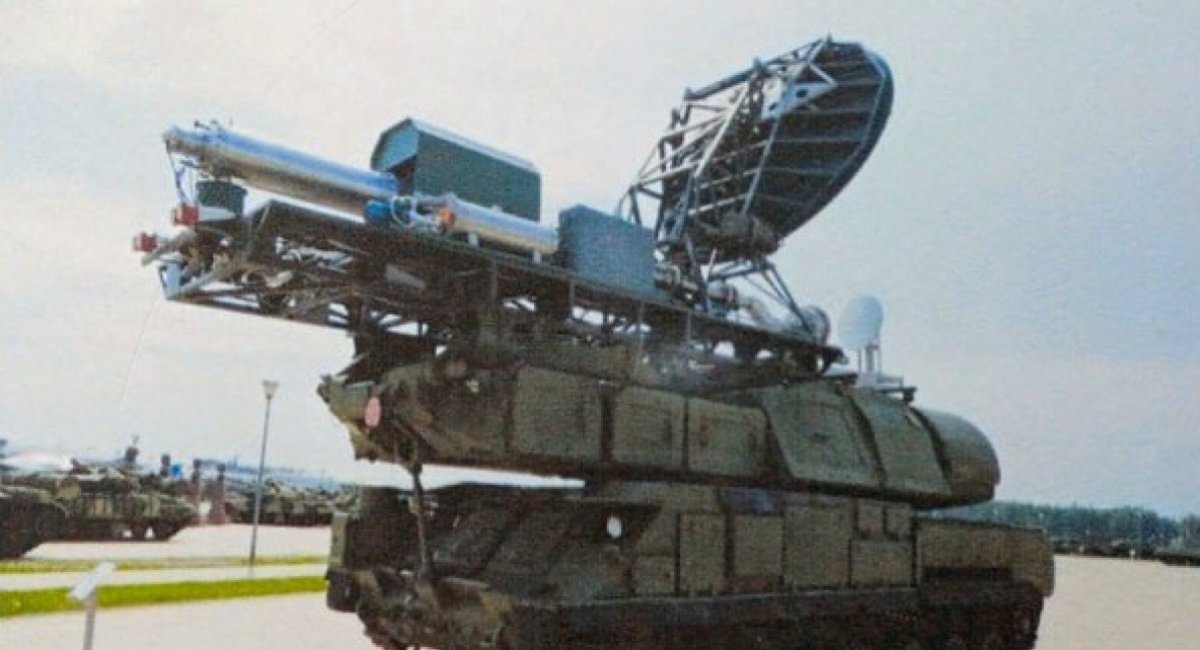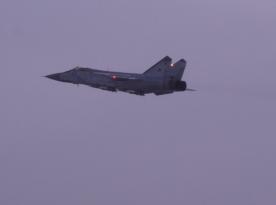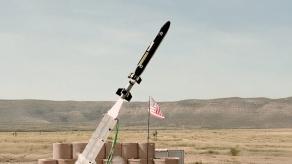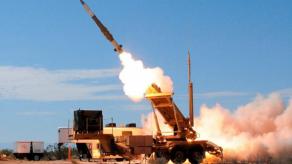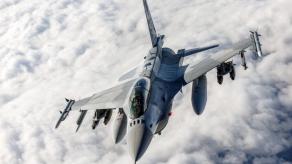For years known by its name only, the Furor mobile directed microwave radiation system, of russian design, has been showcased for the first time. However, not as a ready-to-go unit in a combat environment but as an exhibit in a famous armor museum in Kubinka, near Moscow.
Photos of this directed energy weapon from the event were shared by Btvt.info, and they show an experimental prototype that is still under testing and waiting for refinement, according to a russian brochure. That is, little progress has been achieved over the past decade, considering that this system was first presented at the restricted-access part of the Armiya-2015 military expo in russia.
Read more: Microwaves vs. Drones: U.S. Army’s Leonidas to Fry Drones Faster and Farther — Ukraine’s Experience Matters
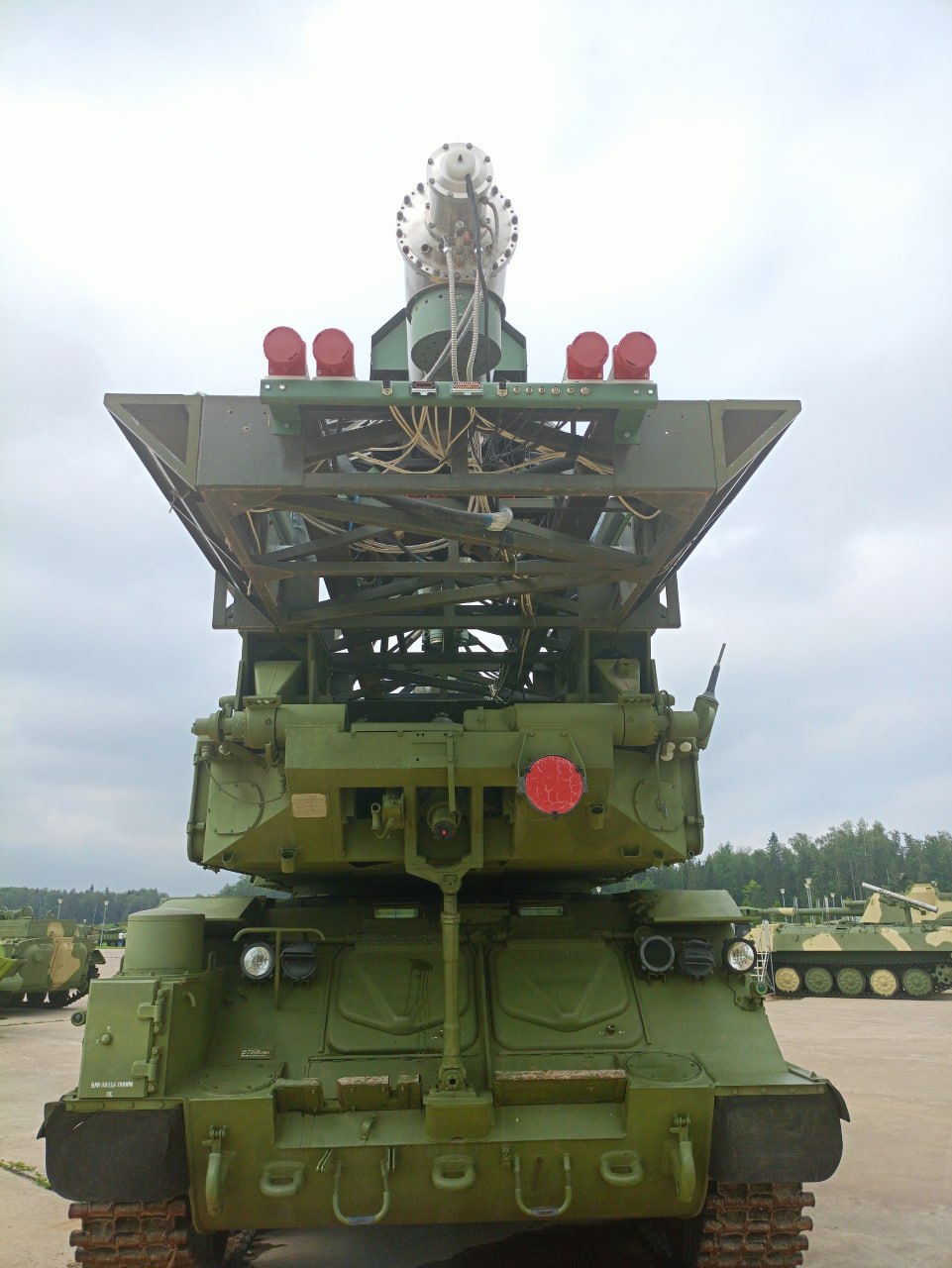
Defense Express has all reasons to believe this project was meant in the first place to help russian military authorities to soak up and embezzle the state budget, with a handy secondary purpose of advertising "innovative developments" of the domestic industry. It becomes clear as soon as we take a look at its capabilities and specifications.
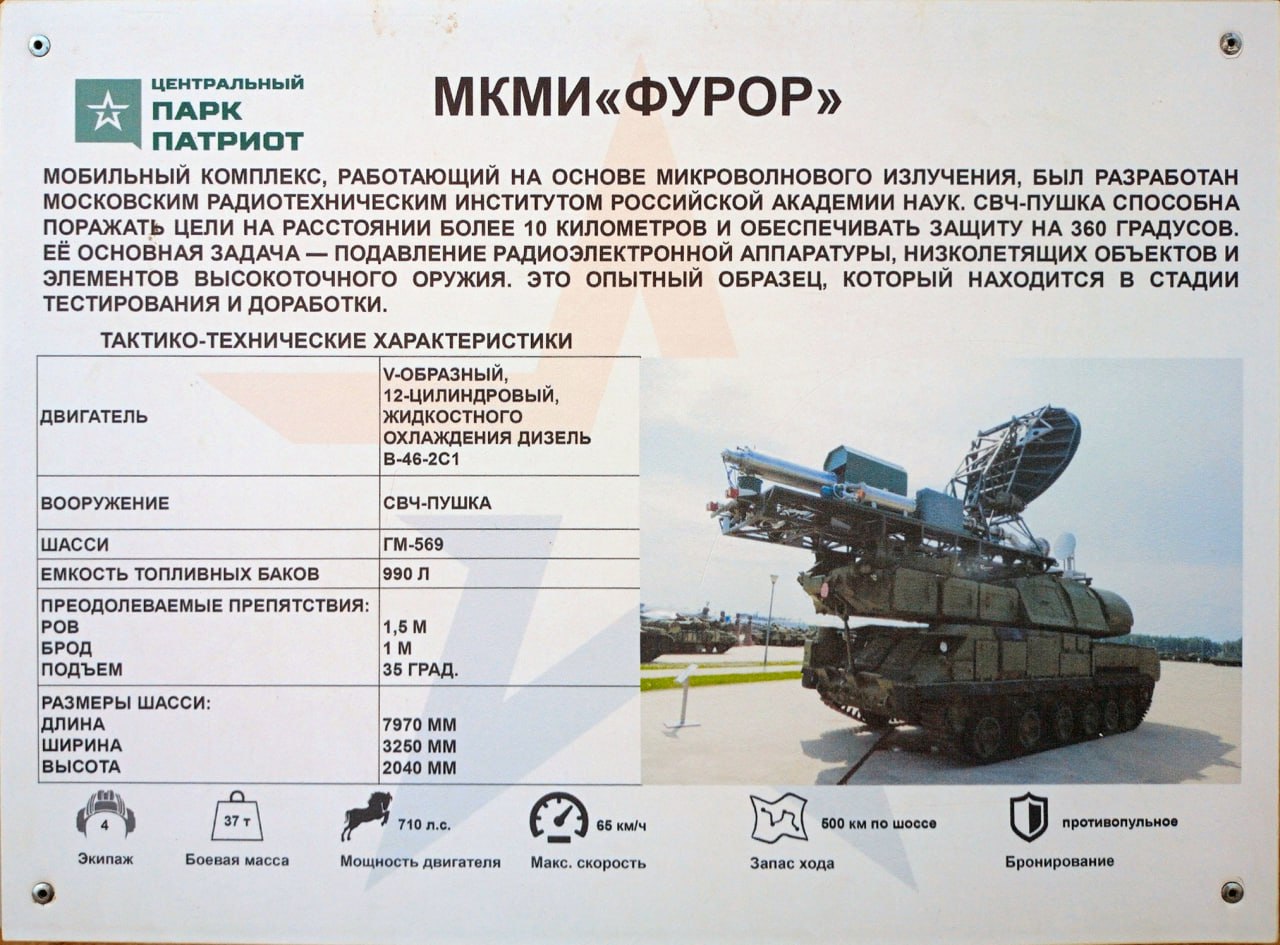
As a weapon, Furor was designed to disable unmanned aerial vehicles and precision-guided munitions. It is attributed with the capability of providing such defense in all directions in a range exceeding 10 km (a little over 6 mi).
To compare, a similar system of the U.S. origin, the Epirus Leonidas, can only engage threats as far as 2 kilometers from its position. Although the company already seeks to increase the parameter, such a limited range realistically reflects the capabilities of the technology at this stage of development.
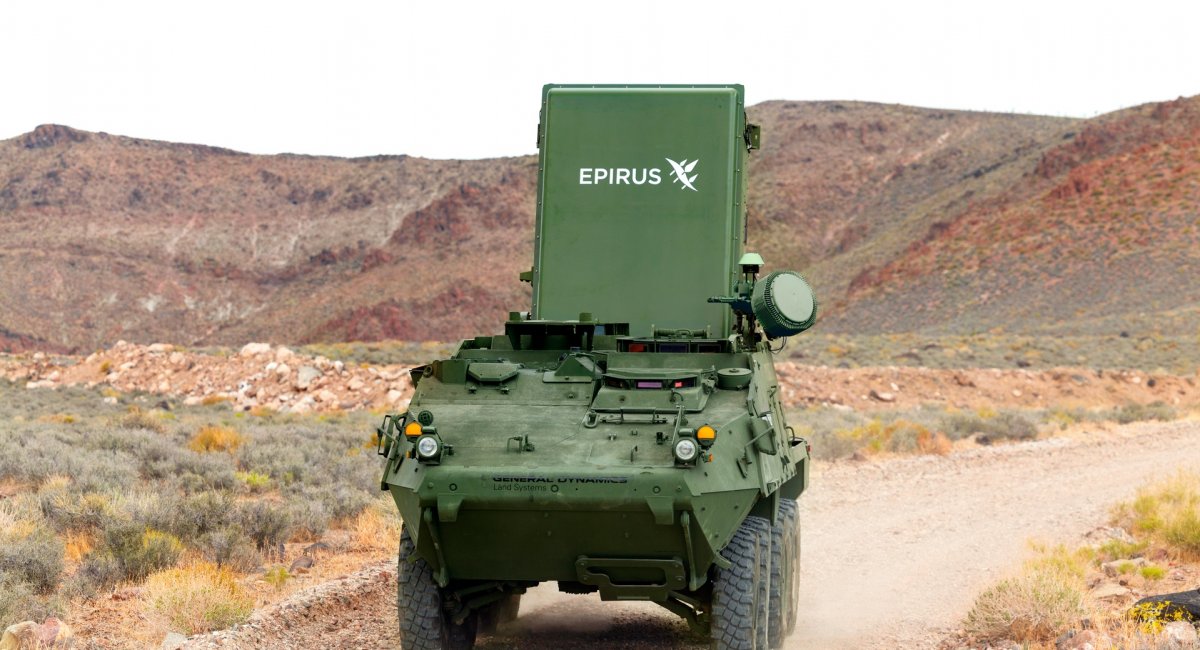
Meanwhile, the russian declarations are detached from reality — an ambitious goal that was never meant to be achieved, only pursued while enjoying the flow of funding. No tests have been reported to confirm the system's operability, let alone the target performance characteristics.
On top of that, the situation itself isn't new: the S-70 Okhotnik UAV, the unmanned BMP-3, and the Peresvet laser are all long-running projects with more bravado than substance, perpetually shifting deadlines, and no proof of viability in practice.
Design-wise, the Furor consists of a "high-power relativistic generator coupled with a reflected antenna, a management and control system, and a transmission system," as disclosed to russian outlets back in 2015. All that is mounted on the tracked chassis from the Buk air defense system.
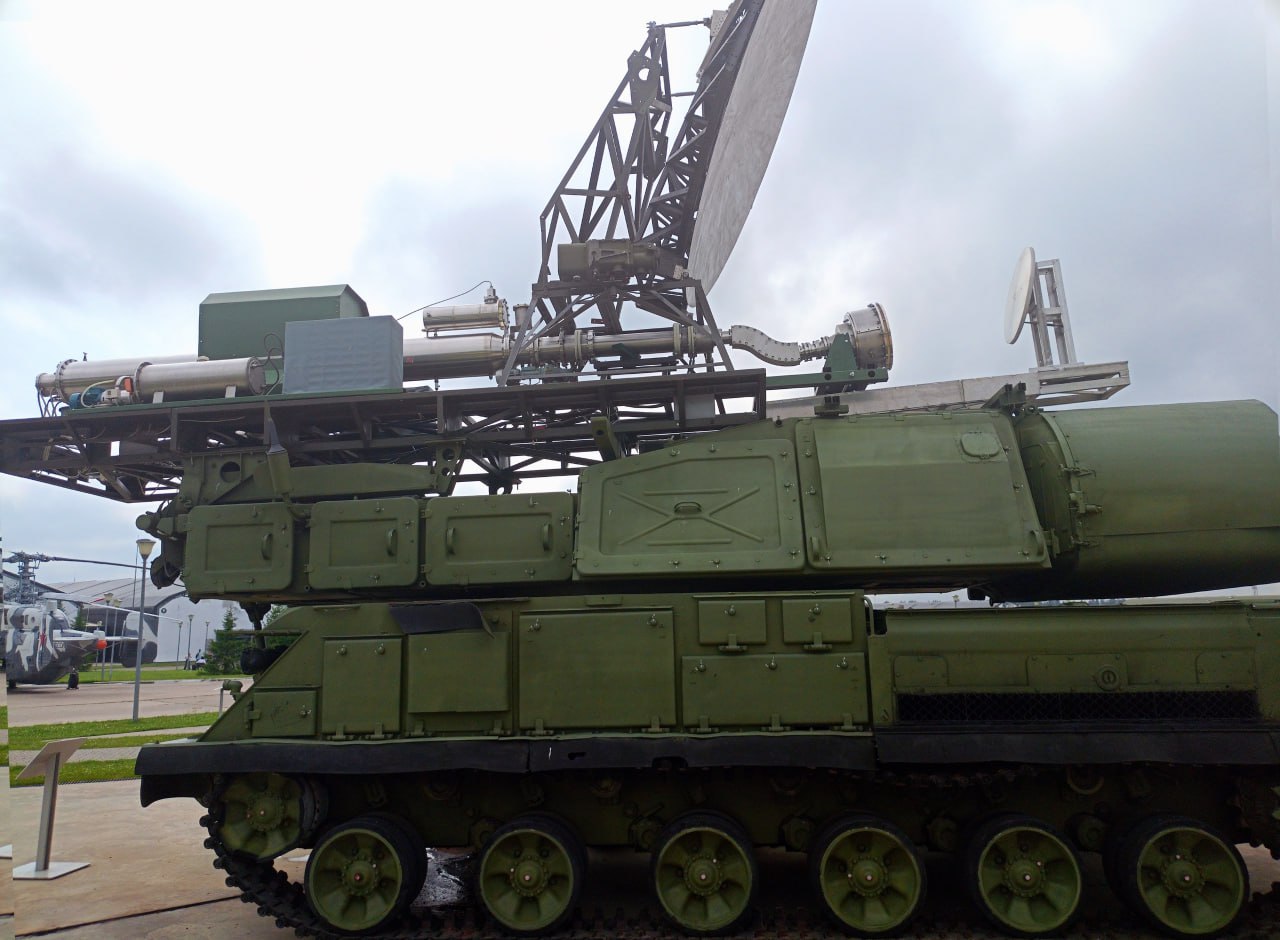
Some russian media have suggested the potential integration of microwave weapons into the larger air defense network — but it is unlikely that such a prospect was part of the original project and not just a bold headline. Practically, though, this could make sense as a point-defense solution for protecting other air defense elements from drones.
Developing the Furor system is the Moscow Radio Engineering Institute, part of the Vega concern. The latter is known for its radar reconnaissance equipment, including the A-50, A-50U, and A-100 airborne early warning and control systems which are no longer being produced.

In other words, a specialized russian institution has been creating a complex niche technology for many years now, and its parent company is known for dubious performance. The result is another wunderwaffe that instead of real use once appeared on an exhibition and then surfaced back already in a museum.
All in all, it is difficult to say whether the russians really keep working on the Furor. On the one hand, this presentation as an exhibit may indicate a loss of faith in the project, and on the other, they still wrote that this prototype is being tested and refined.
Regardless, while the technology has potential, the chances that russia succeeds in implementing the technology as an operational weapon are low. Surely, they can continue to pour money into the program, but it's not plausible with the system specs they are trying to achieve.
Read more: Ukraine Teams Up with F-35 Supplier to Develop AI-Powered Drone Interceptor



